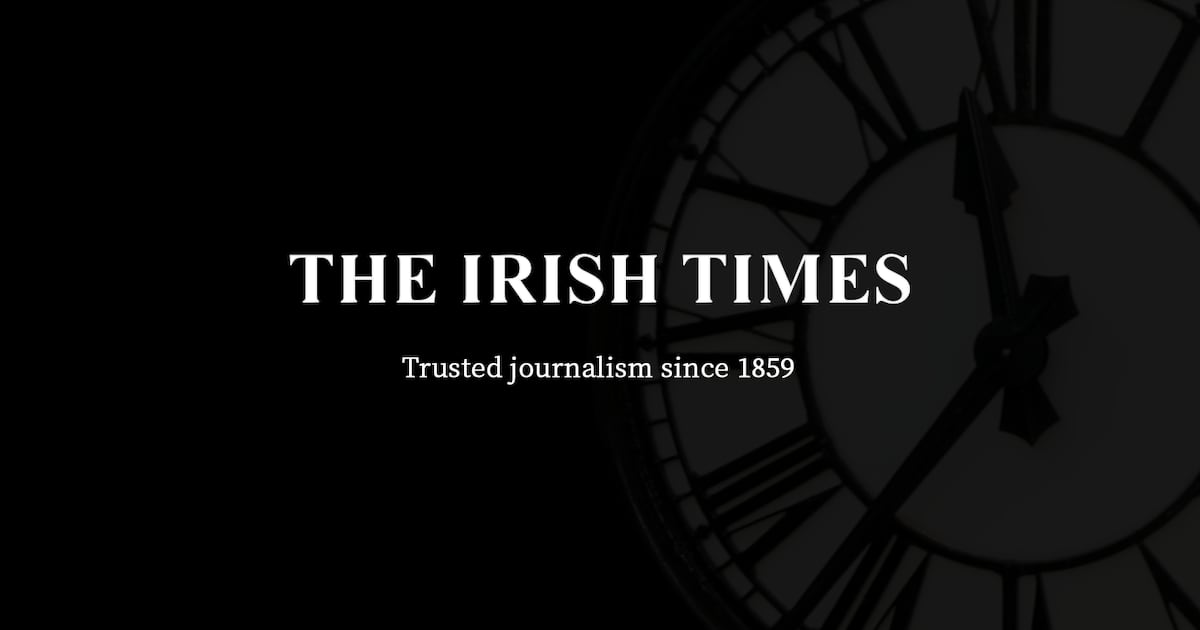I would hate to see a hatchet job done by the media and other vested interests on emerging renewable technologies as we are seeing here.
The anti cycling agenda in the media has really held progress on that back many decades.
None of these things are perfect solutions in themselves. There is a place for conventional energies for a long time, and perhaps until it runs out.
But lets not throw the baby out with the bathwater.
The anti cycling agenda in the media has really held progress on that back many decades.
None of these things are perfect solutions in themselves. There is a place for conventional energies for a long time, and perhaps until it runs out.
But lets not throw the baby out with the bathwater.
